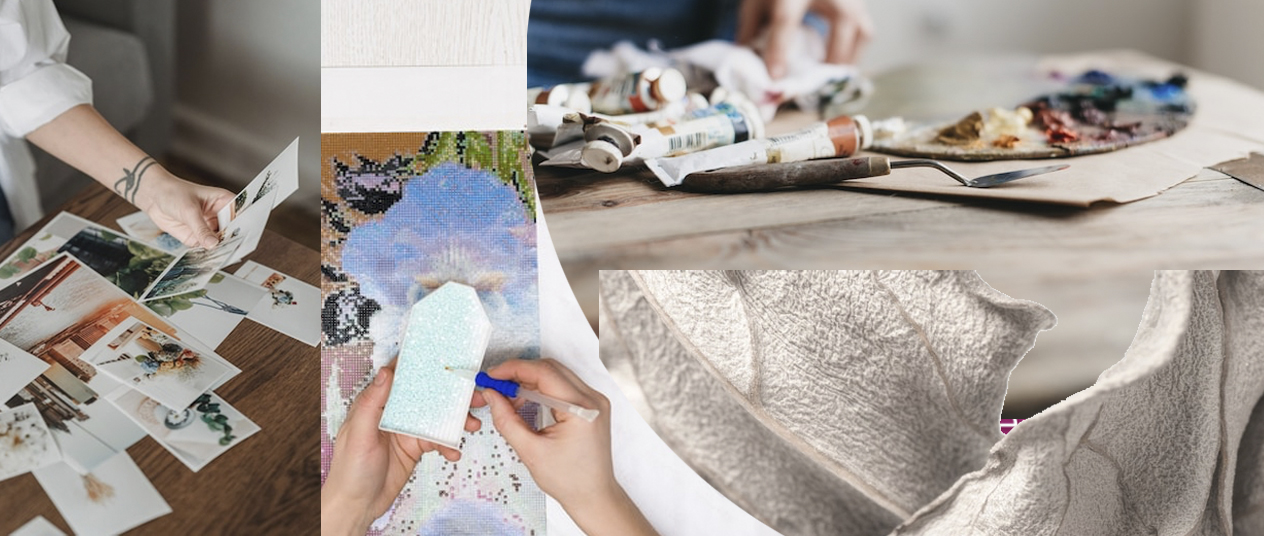Textile art has continued to evolve and grow over the last ten years, with new technologies and techniques allowing artists to create more complex and intricate pieces. For example, digital technology, collaborative projects, and the revival of traditional techniques have all played a role.
Digital embroidery and weaving

The rise of computer-aided design has revolutionized textile art, allowing artists to create highly detailed designs that can be executed with precision using digital embroidery and weaving machines. This technology has opened up new possibilities for artists to experiment with complex patterns and textures.
Mana Morimoto is a Japanese textile artist who describes herself as a textile and digital artist. Using both digital and analog techniques, she creates striking artwork that utilizes photographs with colorful embroidery and threads.
Sustainable textiles
With growing awareness about the environmental impact of the textile industry, there has been a renewed interest in using sustainable materials and methods in textile art. Many artists are now using recycled materials or natural fibers that have a smaller environmental footprint.
Zwia Lipkin is a unique textile artist that uses recycled materials in much of her textile art. A historian by training, some of her projects use materials such as recycled upholstery. Lipkin encourages new textile artists to find used materials that create inspiration not found in new materials. Lipkin’s senior thesis in high school involved the use of trash in modern art. After studying history, she returned to her textile art.
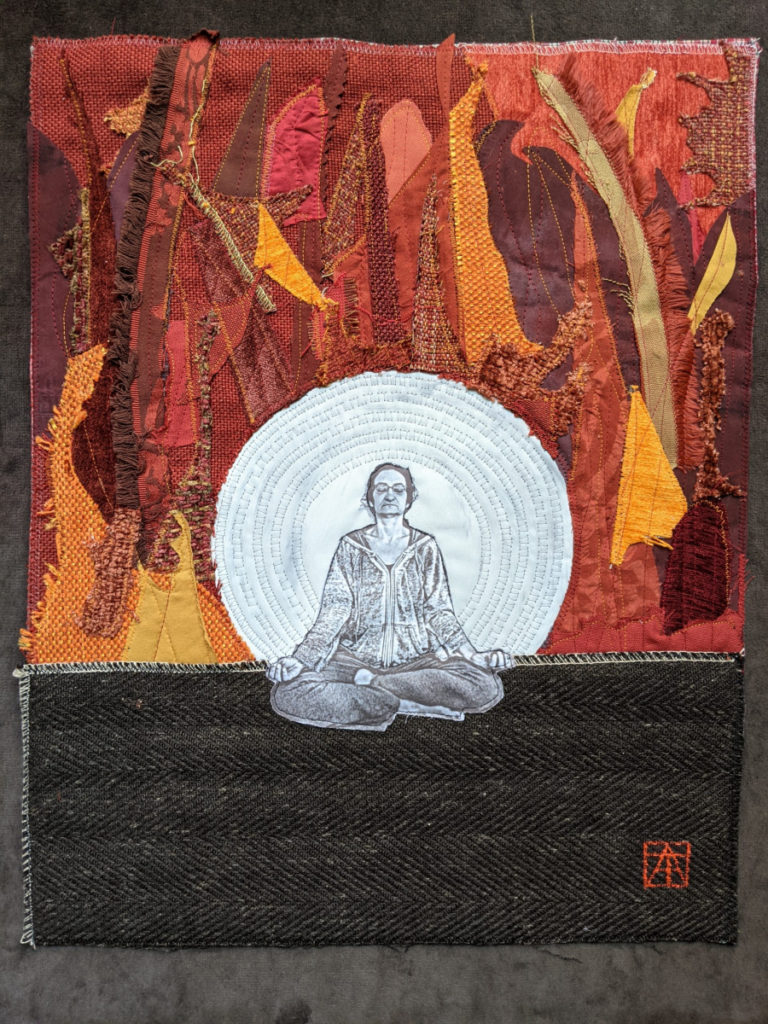
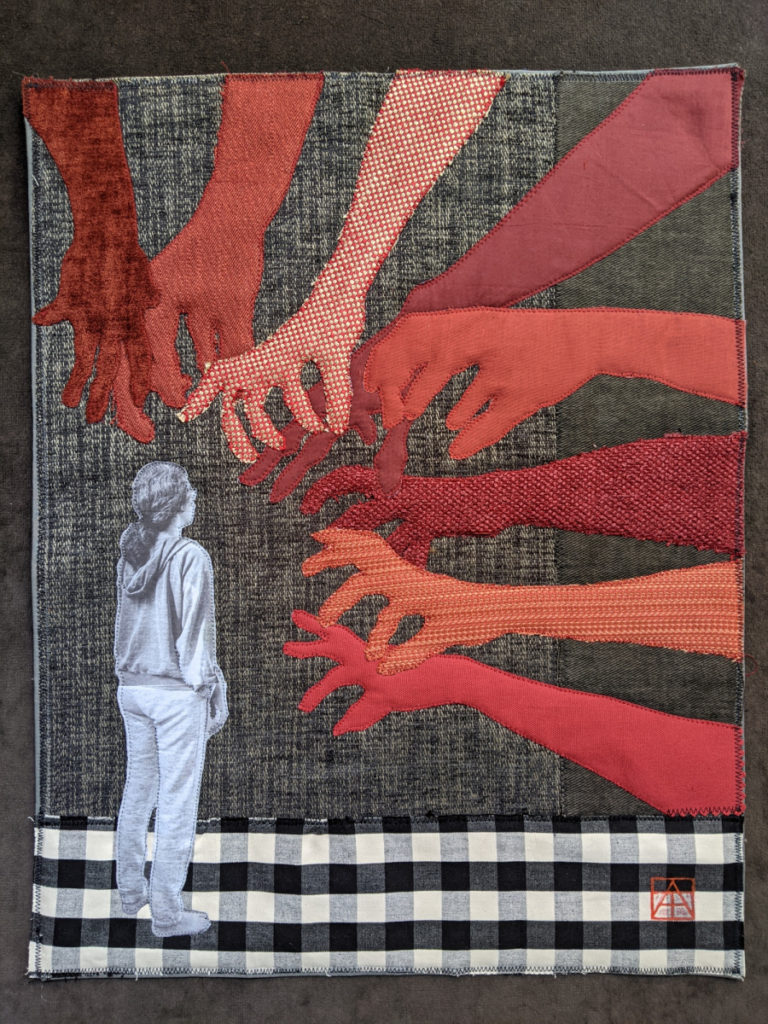
Collaborative projects
Textile artists are increasingly working together on collaborative projects, often incorporating elements of performance or installation art into their work. This trend has led to some truly innovative and immersive textile art experiences.
Cas Holmes and Anne Kelly collaborate frequently on textile projects. In fact, they have a book called Connected Cloth. Over the years, they have collaborated on several different projects and have showcased their work in several different venues.



Use of new materials
Textile artists are experimenting with a wide range of new materials, including unconventional fibers like metal and plastic, as well as non-textile materials like paper and found objects. This has led to some truly unique and boundary-pushing works.
One such artist is Susan Stockwell. Stockwell’s works utilize found objects, such as money, maps, and even coffee-stained handkerchiefs. Of course, all these materials are unified with stitch and fabric to create organic art forms.


Revival of traditional techniques
While new technologies have opened up new possibilities in textile art, there has also been a renewed interest in traditional techniques like hand embroidery, tapestry weaving, and quilting. Many artists are exploring these techniques in new and innovative ways, blending traditional and contemporary approaches to create something truly unique.
Sarah Zapata is a textile artist that combines traditional techniques with modern design. Many of Zapata’s works are frequently inspired by arpilleras, quilted artworks that are a narrative of communities in Peru and Chile.
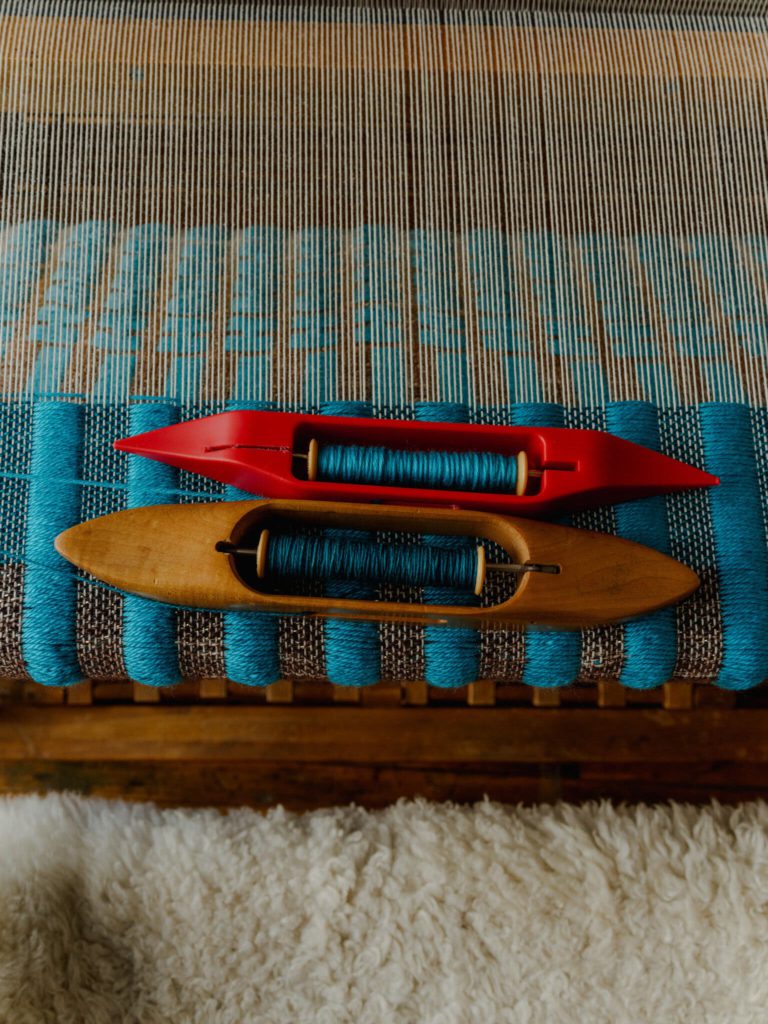
Ricardo Nagaoka 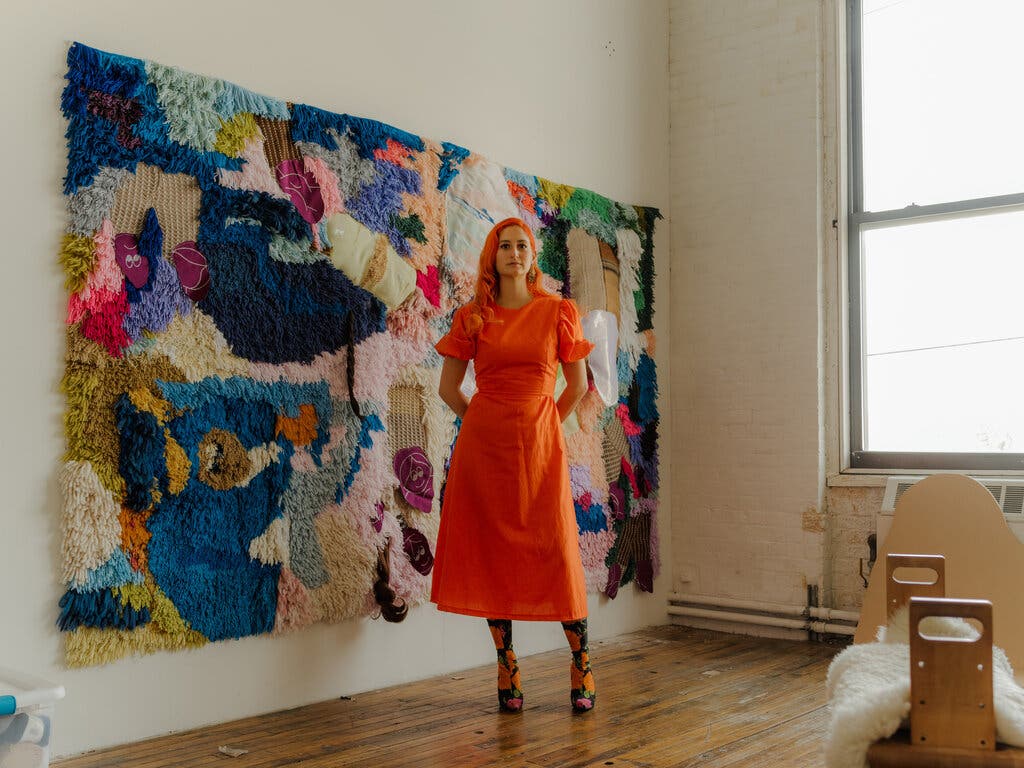
Ricardo Nagaoka


